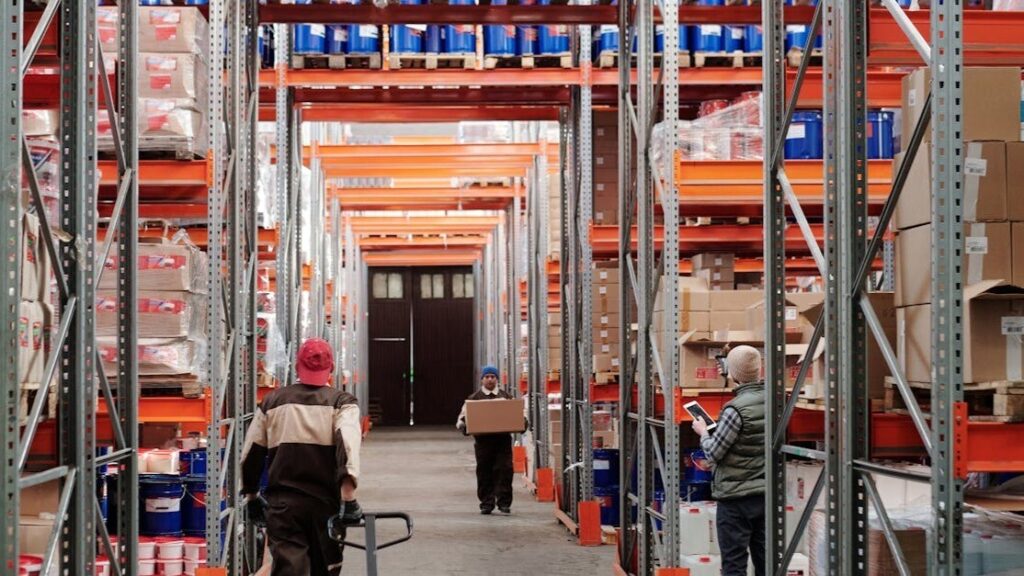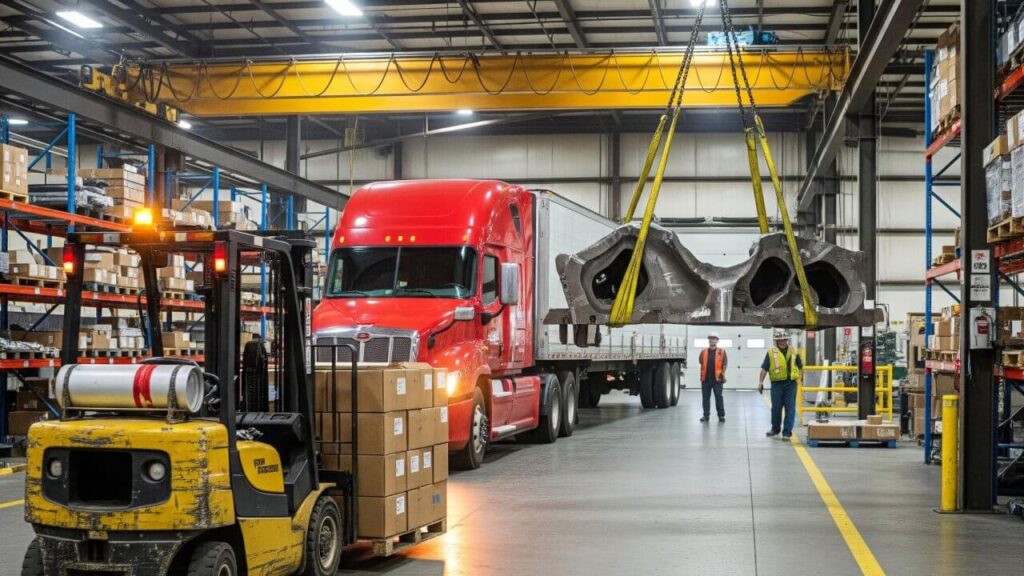In the world of warehousing and logistics, inventory audits are the backbone of seamless operations—but they’re also notorious for being labor-intensive, error-prone, and a regular source of frustration for teams. As the demands on warehouses grow, especially in manufacturing, logistics, and distribution, there’s a rising need not just for faster, but for smarter inventory management. That’s where the new wave of AI-powered vision systems—like Darsa AI—comes in to transform the game, freeing human teams from repetitive manual tasks and ensuring consistently accurate, real-time inventory insights.
The Hidden Cost of Manual Inventory Audits
Let’s start with the daily reality on warehouse floors. Traditional inventory audits have long involved clipboard lists, barcode scan guns, and teams manually counting items on pallets and shelves. While it sounds simple enough, this approach comes with big drawbacks:
- Resource-Heavy: Staff often spend hours or days walking aisles, shutting down zones, or working overtime to square numbers before reports are due.
- Error-Prone: Even the most diligent workers are human—miscounts, missed items, and input errors can snowball, leading to stockouts or costly overstocking.
- Disruptive: Stopping regular operations for cycle counting and audits can mean lost productivity and delayed shipments, ultimately impacting customer satisfaction.
- Lack of Real-Time Insights: Inventory records are only as accurate as the last count, making it hard to respond quickly to market changes or unexpected demand spikes.
A Paradigm Shift: AI Vision Systems in Warehouse Management
Technology is offering us a way out of the audit inefficiency trap. With AI vision systems such as the platform developed by Darsa AI, we’re seeing a radical shift in how warehouses operate:
- Continuous, Real-Time Inventory Monitoring: Cameras and computer vision algorithms automatically scan and analyze shelves, pallets, and even individual items as they move through the facility. No more stoppages or manual walk-throughs needed.
- Exception Alerts—Not Endless Counting: Instead of tedious counting, the system highlights out-of-place items, potential mis-picks, or discrepancies in real time, allowing quick intervention by staff.
- Free Up Expert Talent: By offloading repetitive audit work to AI-powered systems, warehouse managers and skilled labor can focus on higher-value tasks like optimization, customer service, or process improvement.
- Data-Driven Accuracy: With every frame analyzed and every shelf tracked, the risk of human error in stock reporting drops dramatically—often achieving accuracy rates much higher than manual processes can sustain.
How Darsa AI Makes It All Work—On Your Existing Infrastructure
One of the key challenges for warehouse operators has been the cost and effort needed to upgrade systems. Darsa AI turns that on its head:
- No-Code, Plug-and-Play Approach: Darsa’s video analytics platform is designed to integrate with your existing CCTV, webcams, or mobile cameras—so there’s no need for expensive new hardware investments.
- Flexible, Scalable, and Lightweight: The platform works on standard laptops, tablets, and desktop PCs, making rollout fast and affordable, even in distributed or multi-site operations.
- Customizable Analytics and Alerts: Through an intuitive dashboard, you can set specific compliance checks or trigger points tailored to your warehousing needs—whether it’s tracking high-value items or quickly identifying misplaced cartons.
- Real-Time and Historical Reporting: Darsa AI collects and processes video feeds to generate comprehensive, actionable data—whether you need a live inventory overview or a detailed audit trail for compliance purposes.
What Makes AI Vision-Driven Audits Better?
Compared to legacy approaches, here’s why AI vision stands out as a game-changer for inventory audits:
- Speed: Automated systems continuously update stock levels with every item movement, slashing the time spent on manual counts.
- Accuracy: With advanced object detection and anomaly reporting, inventory accuracy can exceed 99%, compared to the typical 95–98% accuracy achieved in large-scale manual operations.
- Labor Reduction: With no need for dedicated audit teams, manpower can be allocated to other mission-critical areas—often cutting labor needed for audit processes by as much as 60–75%.
- Real-Time Visibility: Live dashboards and alerts mean decision-makers always have an updated view of inventory positions and can respond proactively to challenges, whether it’s a sudden demand spike or a supply chain disruption.
- Compliance and Traceability: Automatic record-keeping supports audit trails for regulatory compliance and internal controls, reducing risk and making year-end audits far less stressful.
Step-by-Step: Transitioning from Manual to AI-Driven Inventory Audits
If you’re considering making the jump from manual audits to an AI-driven approach, it pays to be strategic. Here’s a practical roadmap based on what we’ve seen work for leading organizations:
- Assess Your Baseline: Identify areas where manual cycle counts are most disruptive or error-prone. Track the labor hours, wage costs, and error correction efforts tied to your current process.
- Set Tangible KPIs: Define success metrics like inventory count accuracy, audit cycle time, misplacement reduction, or number of manual interventions needed per month.
- Start Small, Scale Fast: Begin with high-traffic or high-value zones—such as bulk storage racks, dispatch lanes, or hazardous material zones. Prove ROI and then expand across all aisles and facilities.
- Staff Training and Change Management: Engage your warehouse teams early, emphasizing how the new system frees them from repetitive tedium and supports proactive, data-driven decision making.
- Integrate for Full Value: Connect AI vision outputs directly with your Warehouse Management System (WMS) or ERP, ensuring that real-time data flows seamlessly across planning, purchasing, and logistics.
- Continuous Improvement: Use dashboard analytics to monitor trends, refine camera placements and policies, and look for further opportunities to optimize workflows.
Key Takeaways: Efficiency and Control Without Compromise
- The adoption of AI-powered vision systems is not about replacing people, but allowing teams to focus on high-value work by eliminating mind-numbing, costly manual audits.
- Platforms like Darsa AI let you leverage your existing camera infrastructure, offering dramatic improvements in inventory accuracy, labor efficiency, and real-time visibility—without major capital investment or disruption.
- From seamless compliance to actionable insights, AI-driven audits transform warehouse operations into a more agile, reliable, and scalable foundation for growth.
Ready to Transform Your Warehouse Operations?
If you’re interested in reducing manual labor, cutting audit costs, and unlocking a new level of operational insight, learn more about Darsa AI’s no-code computer vision platform. We’re here to help you modernize, scale, and win—not just in the next cycle count, but for the future of your entire operation.



